Coca Cola Mission and Vision Statement Analysis
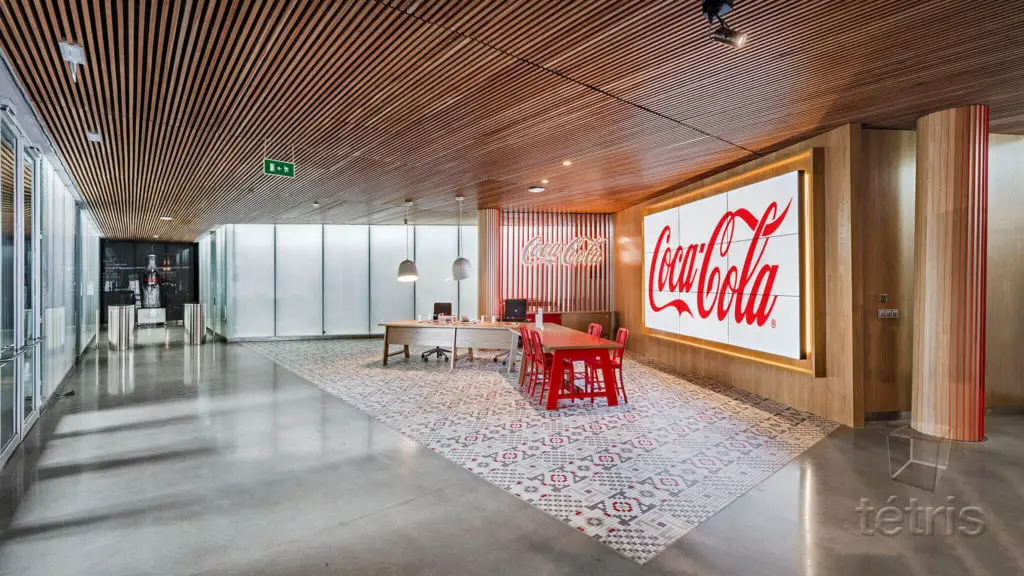
Coca Cola’s mission statement is “to refresh the world in mind, body, and spirit, to inspire moments of optimism and happiness through our brands and actions, and to create value and make a difference.” Coca Cola is a company that focusses on leaving a legacy wherever it operates. The company highly values making a difference in individuals and communities, while at the same time letting them enjoy the great tastes of its products. The mission statement has the outlined components:
- Improving lives. Coca Cola is a company that has come to understand that the quality of life comprises of much more, including the quality of the products and related brand initiatives. To satisfy this component, Coca Cola maintains a trend that values health more than the profit it makes. It does this by going for natural sweeteners and other extracts to boost the naturalness of its brands and serve its customers with products that not only refresh but also maintain the healthiness of their bodies.
- Improving communities. While treating its customers to different flavors, Coca Cola also goes further to put a smile on the faces of its customers and their communities through its outreach programs. The idea of the company to use promotional programs to generate funds for supporting developmental agendas in communities, including education, healthcare, and infrastructure. For instance, the company has a give initiative where it mobilizes investors and other stakeholders to donate for a good course in society. Most importantly, Coca Cola has never neglected its corporate social responsibilities for over a century, making it a people’s company. In fact, it has been involved in numerous environmental reclamation and protection activities demonstrating its undying commitment.
- Exceeding expectations. There is never a shortage of what Coca Cola Corporation has in store for its customers. The dynamism of the company has made it a darling worldwide due to the numerous opportunities it gives people to improve their lives. For instance, Coca Cola has always been on the front line in the promotion of talents across the world and especially in Latin America, Africa, and Asia.
Introduction
Coca Cola is a globally renowned multinational corporation whose vision and vision statements reflect the leadership and the development the company has gifted the nonalcoholic industry with for over 127 years ever since the company came into existence.
Throughout its existence, Coca Cola has re-modeled and redefined the nonalcoholic business sector and market with its adaptive strategies that have seen the company maintain top performance despite the tough economic turmoil over time. Today, Coca Cola can only be classified as one of the Mega Corporation with global coverage, owning various subsidiaries, whose value estimate stands at approximately $73.1 billion. In fact, the company ranks third among the best brands worldwide, and all this is due to its mission and vision statements.
A corporate vision statement describes the developmental path towards a specific future, while a corporate mission statement reveals the strategic actions that would be applicable to propel the company towards the future. In this business analysis of Coca Cola, the vision statement of the company is all about the leadership influence of the company, and the change it can have on both the industry and the market in general.
On the other hand, the mission statement talks about the experience and benefits extended in society by the brand. In addition, Coca Cola incorporates core values to support the achievement of its mission statement.
The management sees these as the principles that guide the entire organization and streamlines the operations and interests of all stakeholders in such a way that they align with the overall goals of the company. As a result, they contribute to the growth of Coca Cola in general.
| Name | The Coca Cola Company |
| Industries served | Beverages |
| Geographic areas served | Worldwide |
| Headquarters | U.S. |
| Current CEO | Muhtar Kent |
| Revenue | $ 48.01 billion (2012) |
| Profit | $ 9.01 billion (2012) |
| Employees | 146,200 |
Vision Statement
Coca Cola’s vision statement is “inspiring each other to be the best we can be by providing a great place to work.” The purpose of Coca Cola is reflected in this mission statement. It reveals the intent of the company to be an agent of change and development within its industry and beyond. This is what leadership is all about. The vision statement indicates that the company strives to:
- Inspire others. In this component, Coca Cola exemplifies itself as a company driven by uplifting others. That is the reason it works with different investors and communities to spread its benefits in ways that make a positive difference. Other than these benefits, the company also offers its customers a wide range of offers in addition to the irresistible Coca Cola flavors out there in the markets.
- To be the best. Coca Cola continued expansion, improvement of its products, and adaptation of its outreach programs to customer and community needs advances its commitment to inspire, and the desire of the company to be the best. In fact, the Coca Cola journey shows just how important it is for the company to maintain an upward growth trend.
- Providing a great place to work. The third element in Coca Cola’s vision statement is a reflection of additional ways through which the company reveals its uniqueness as a global brand. Creating an environment that embraces everyone irrespective of their differences, promotes growth and togetherness has always been the primary goal of the corporation. Surely, Coca Cola has achieved this as demonstrated by its popularity as an ideal working place across the globe.
Core Values
Coca Cola’s core values include “leadership, collaboration, integrity, accountability, passion, diversity, and quality.” For a company to not only survive but also consistently stay at the top globally, it must have an internal strong culture. At Coca Cola, this has emerged due to its core values.
Ideally, Coca Cola strives to stimulate and foster good relations within its facilities in such a way that people can share ideas, brainstorm, and generate quality out of them. By creating a corporation and some element of independence, workers and investors feel as integral components of the corporation, which pushes them to own responsibilities, become accountable and dependable for the overall growth of the company.
Coca-Cola Mission Statement History
Coca-Cola’s mission statement has indeed evolved over time, reflecting the changing goals and aspirations of the company. Below is a grouped outline of Coca-Cola’s mission statement history, organized from the most recent to the oldest:
- Present Mission Statement
“To refresh the world in mind, body, and spirit, to inspire moments of optimism and happiness through our brands and actions, and to create value and make a difference.“
In recent years, Coca-Cola’s mission statement has focused on the idea of refreshing the world and bringing moments of happiness and optimism. The company aims to create value and make a positive impact through its brands and actions.
- 2000s – 2010s
“To refresh the world in mind, body, and spirit, and inspire moments of optimism through our brands and actions.“
During this period, Coca-Cola emphasized the importance of refreshing the world in mind, body, and spirit. The mission statement highlighted the company’s desire to inspire optimism through its brands and actions.
- 1990s – 2000s
“To benefit and refresh everyone who is touched by our business.“
In this era, Coca-Cola aimed to benefit and refresh everyone who came into contact with its business. The mission statement emphasized the company’s commitment to creating a positive experience for its stakeholders.
- 1980s – 1990s
“To create value and make a difference.“
In this period, Coca-Cola focused on the concepts of creating value and making a difference. The mission statement highlighted the company’s commitment to generating value for its customers and stakeholders.
It’s important to note that mission statements can vary slightly depending on the source and the specific year in question. However, the overarching themes of refreshing the world, inspiring optimism, creating value, and making a difference have been consistent throughout Coca-Cola’s mission statement history.
References
- Adeyemi, S. L., & Salami, A. O. (2010). Inventory management: A tool of optimizing resources in the manufacturing industry a case study of Coca-Cola Bottling Company, Ilorin plant. Journal of Social Sciences, 23(2), 135-142.
- Coca Cola – About.
- Desmidt, S., Prinzie, A., & Decramer, A. (2011). Looking for the value of mission statements: a meta-analysis of 20 years of research. Management Decision, 49(3), 468-483.
- Dhar, T., Chavas, J. P., Cotterill, R. W., & Gould, B. W. (2005). An Econometric Analysis of Brand‐Level Strategic Pricing between Coca‐Cola Company and PepsiCo. Journal of Economics & Management Strategy, 14(4), 905-931.
- Donnelly, B. (2009). “Coke is it!” Placing Coca-Cola in McCarthy’s THE ROAD. The Explicator, 68(1), 70-73.
- Fruchter, G. E., & Kalish, S. (1997). Closed-loop advertising strategies in a duopoly. Management Science, 43(1), 54-63.
- Ginsberg, J. M., & Bloom, P. N. (2004). Choosing the right green marketing strategy. MIT Sloan management review, 46(1), 79-84.
- Gray, E. R., & Balmer, J. M. (1998). Managing corporate image and corporate reputation. Long-range planning, 31(5), 695-702.
- Harper, L. A., Bettinger, J., Dismukes, R., & Kozarsky, P. E. (2002). Evaluation of the Coca-Cola company travels health kit. Journal of travel medicine, 9(5), 244-246.
- Irefin, P., & Mechanic, M. A. (2014). Effect of employee commitment on organizational performance in Coca Cola Nigeria Limited Maiduguri, Borno state. Journal of Humanities and Social Science, 19(3), 33-41.
- John, P., Snowden, K., van Nimwegen, G., Bollen, L., Hassink, H., & Thijssens, T. (2008). A stakeholder perspective on mission statements: an international empirical study. International Journal of Organizational Analysis.
- Kant, G., Jacks, M., & Aantjes, C. (2008). Coca-cola enterprises optimizes vehicle routes for efficient product delivery. Interfaces, 38(1), 40-50.
- Kenny, G. (2014). Your Company’s Purpose Is Not Its Vision, Mission or Values. Harvard Business Review. Sep, 3.
- Omran, M., Atrill, P., & Pointon, J. (2002). Shareholders versus stakeholders: corporate mission statements and investor returns. Business Ethics: A European Review, 11(4), 318-326.
- Payne, J. L. (1991). Marketing Insights in the 1990s: The View from Coca-Cola USA. Marketing Research, 3(4).
- Taylor, M. (2000). Cultural variance as a challenge to global public relations: A case study of the Coca-Cola scare in Europe. Public Relations Review, 26(3), 277-293.
- Taylor, M. (2000). Cultural variance as a challenge to global public relations: A case study of the Coca-Cola scare in Europe. Public Relations Review, 26(3), 277-293.
- Thorne McAlister, D., & Ferrell, L. (2002). The role of strategic philanthropy in marketing strategy. European Journal of Marketing, 36(5/6), 689-705.
- Van Riel, C. B., & Balmer, J. M. (1997). Corporate identity: the concept, its measurement, and management. European journal of marketing, 31(5/6), 340-355.

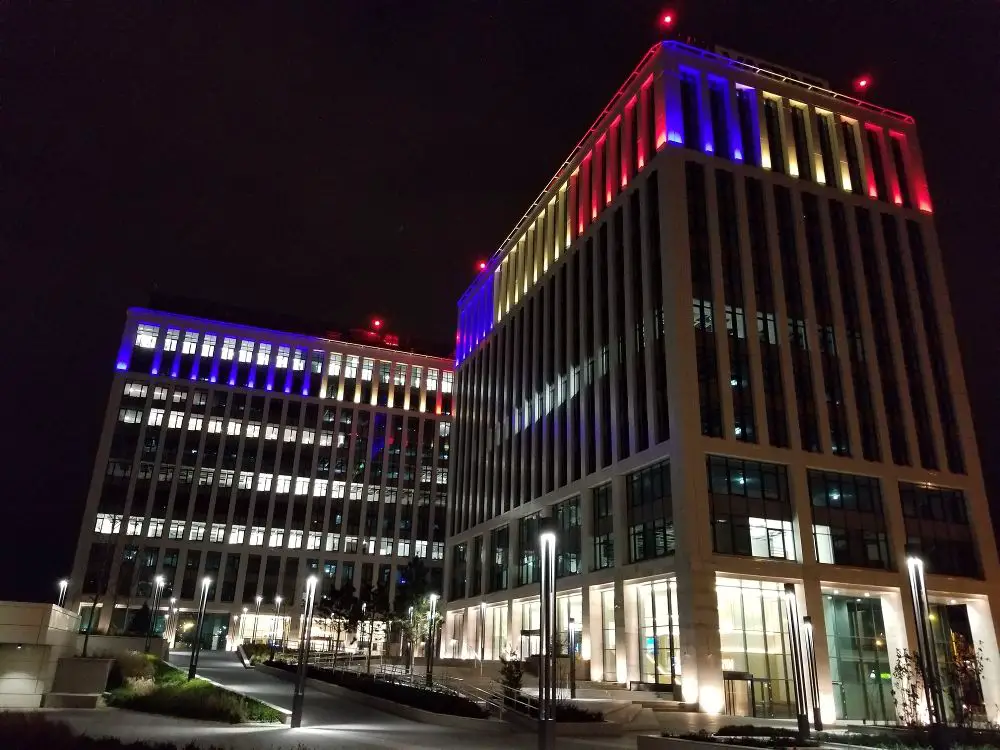
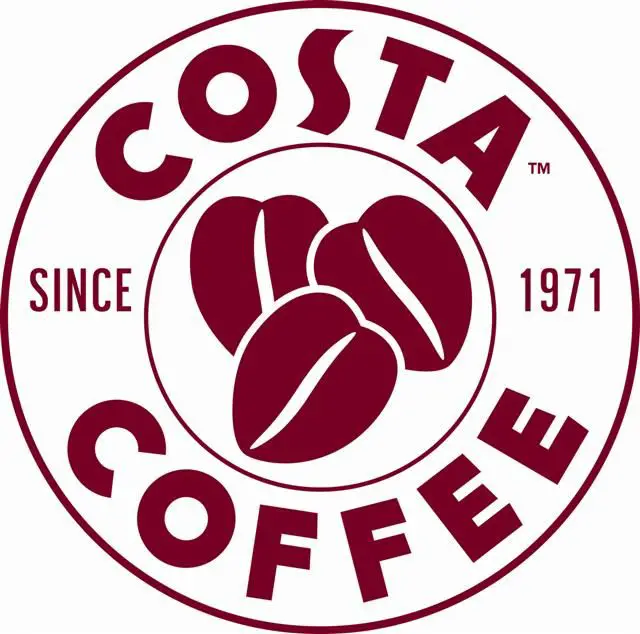
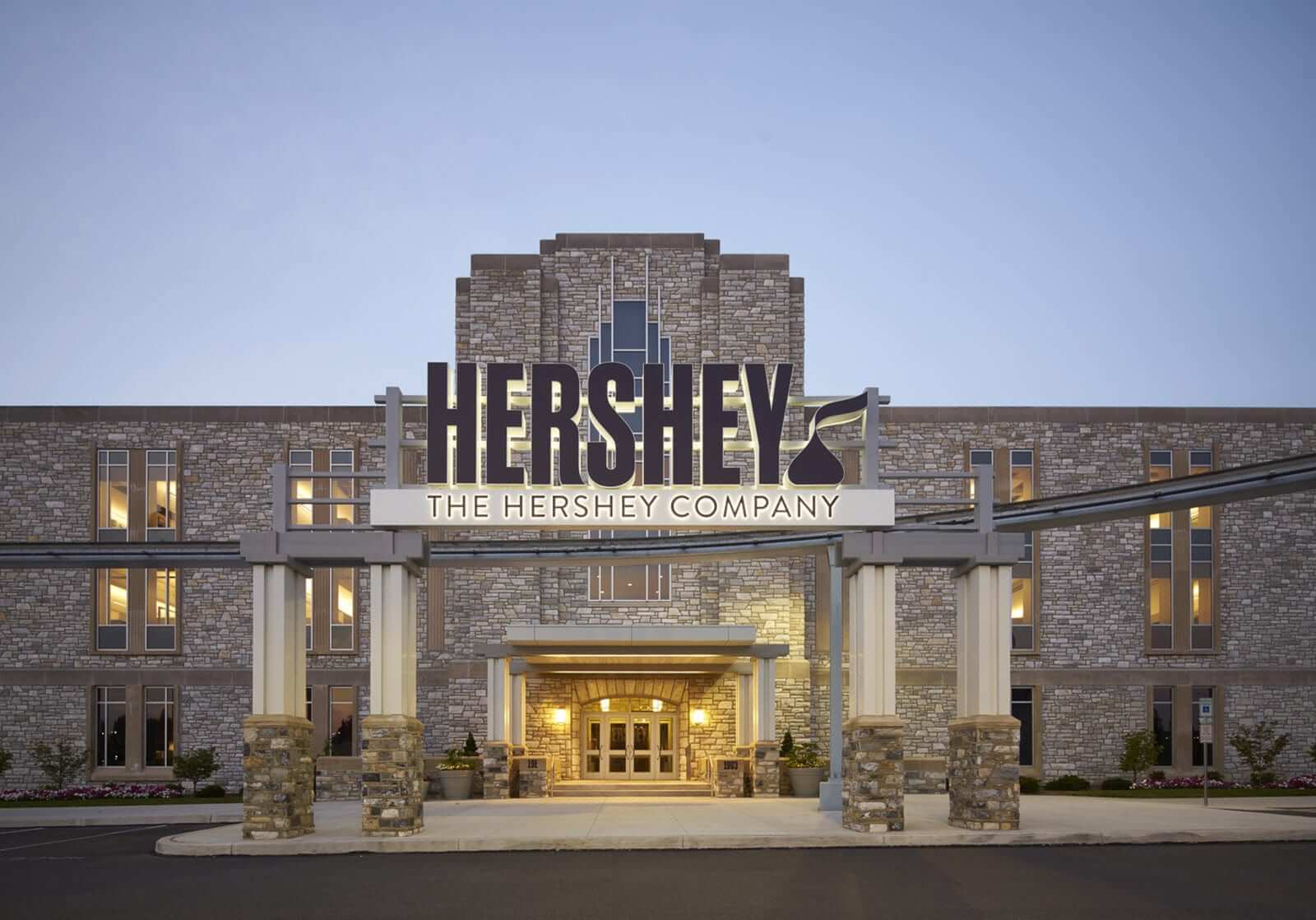

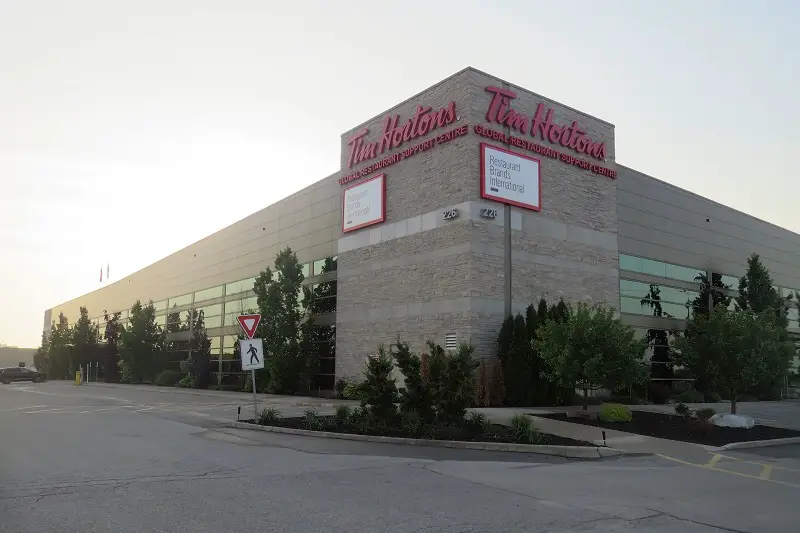

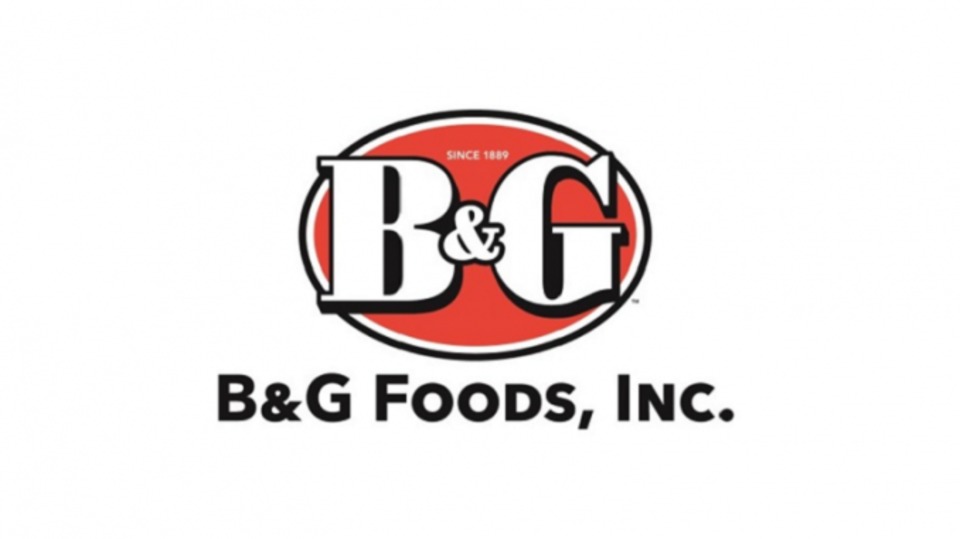

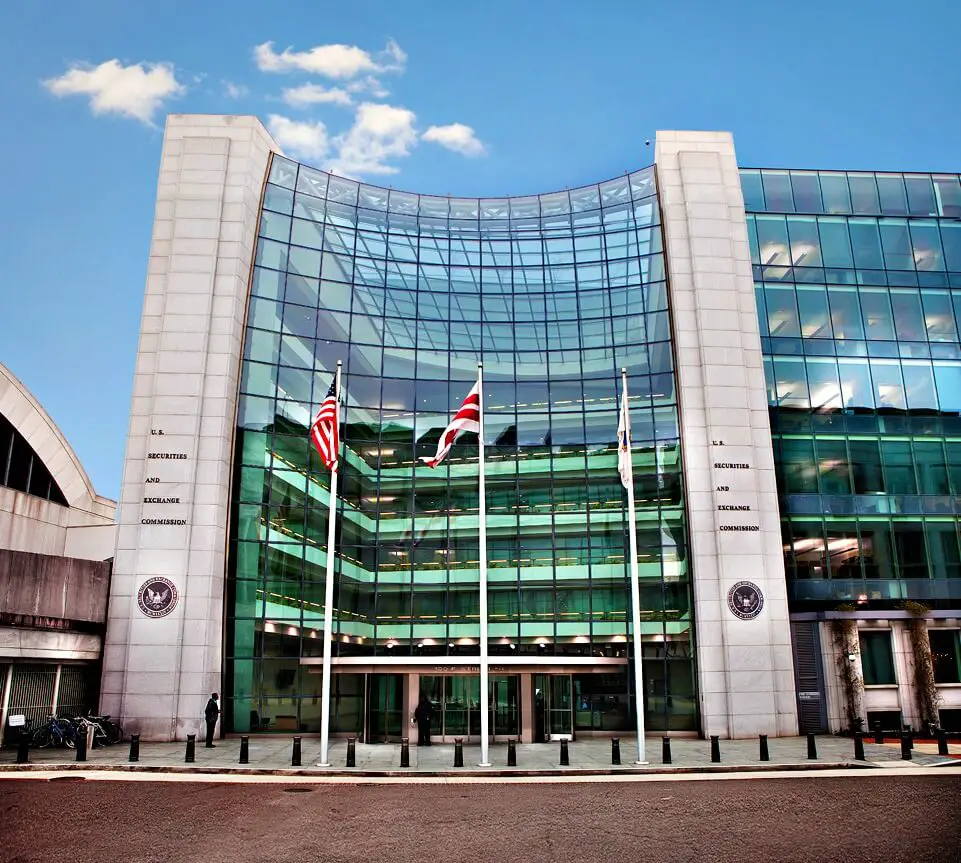
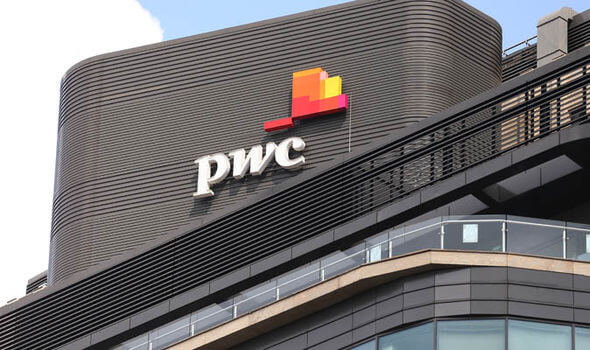
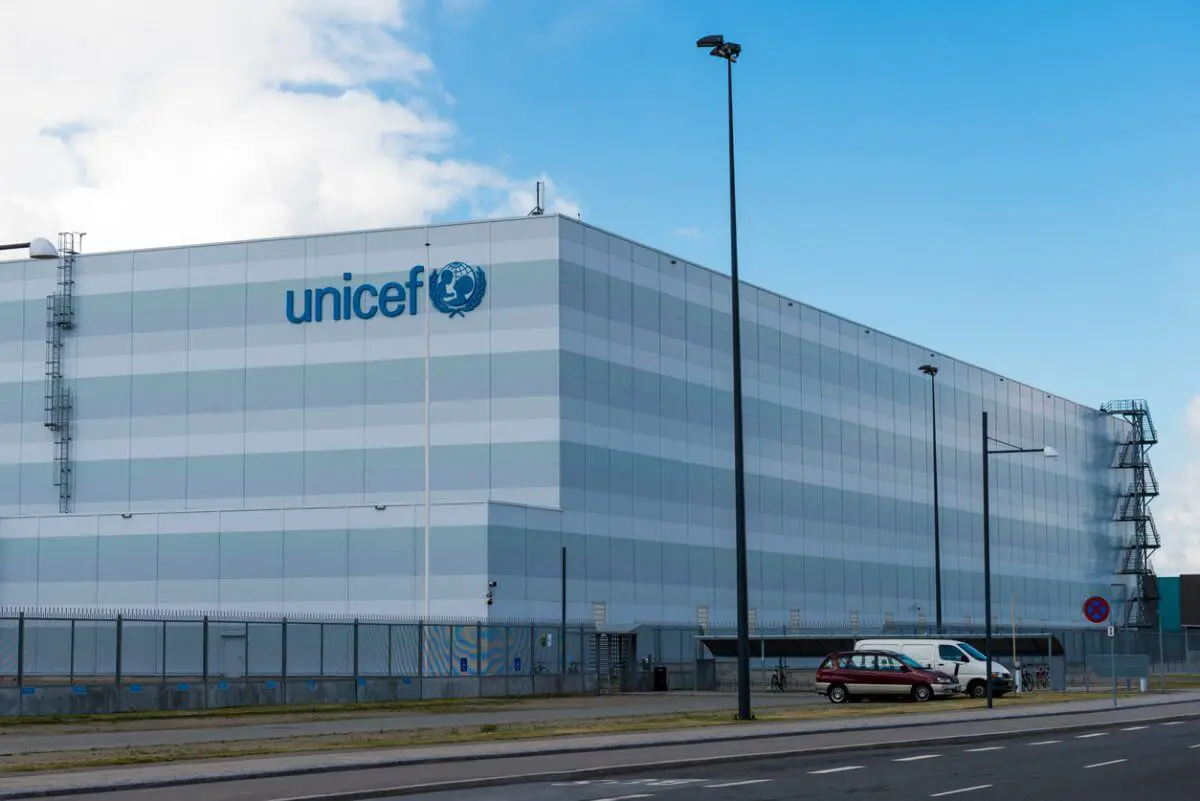
My name Tumwesigye Richard am Ugandan and am fan of coca cola company every day am drinking products of coca cola my question is why dont cleaning glasses battle
When Dolly Parton was asked to make political comments, she replied, “I’m an entertainer” not a political commentator. She’s never been controversial. Coca Cola is a multinational beverage company and as such should refrain from politics or making political statements. You embarrass the company and its stockholders. Stick to earning a profit by satisfying customers and doing business well.
yes
I love to work in Coca Cola, because for many reasons